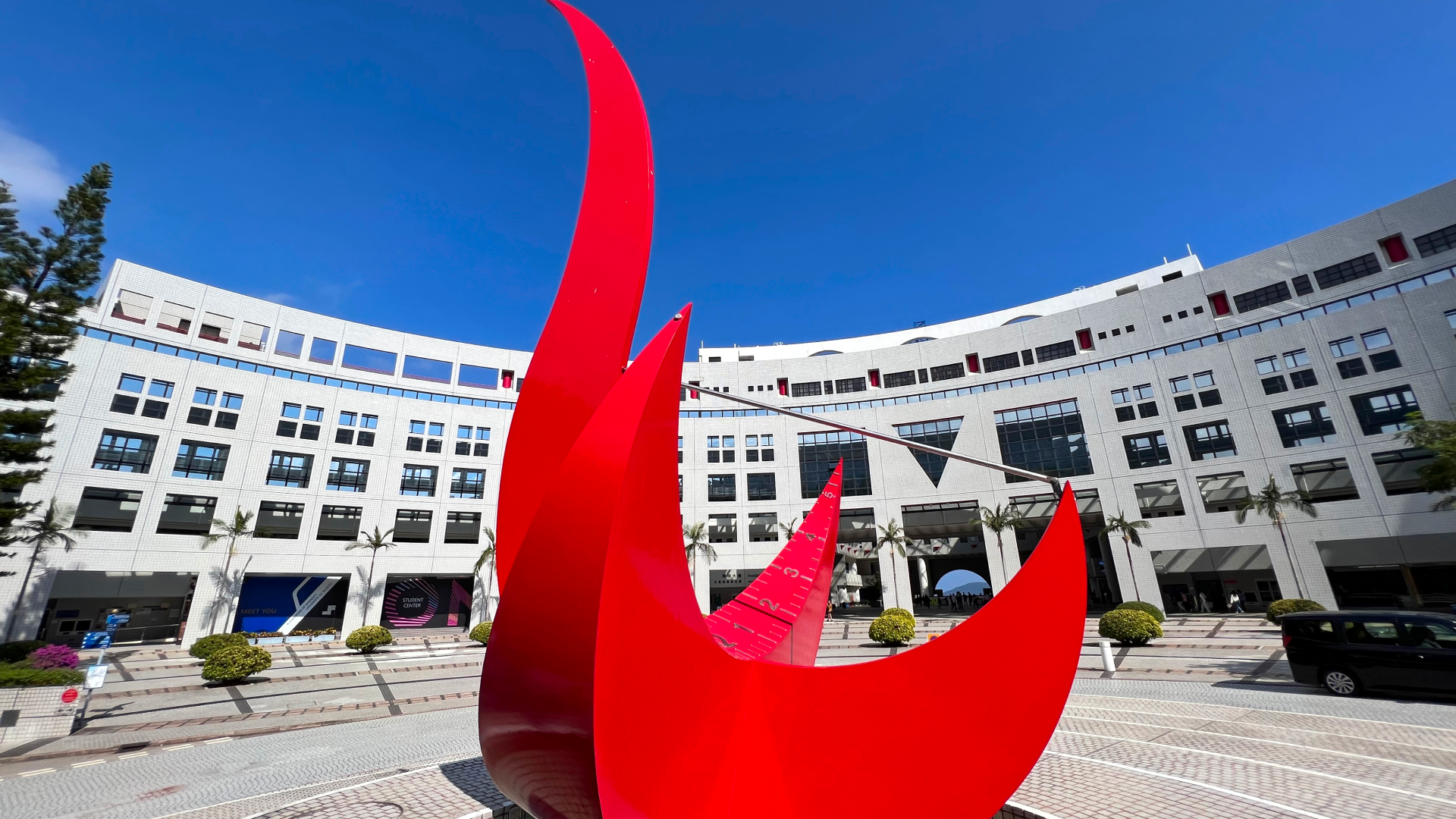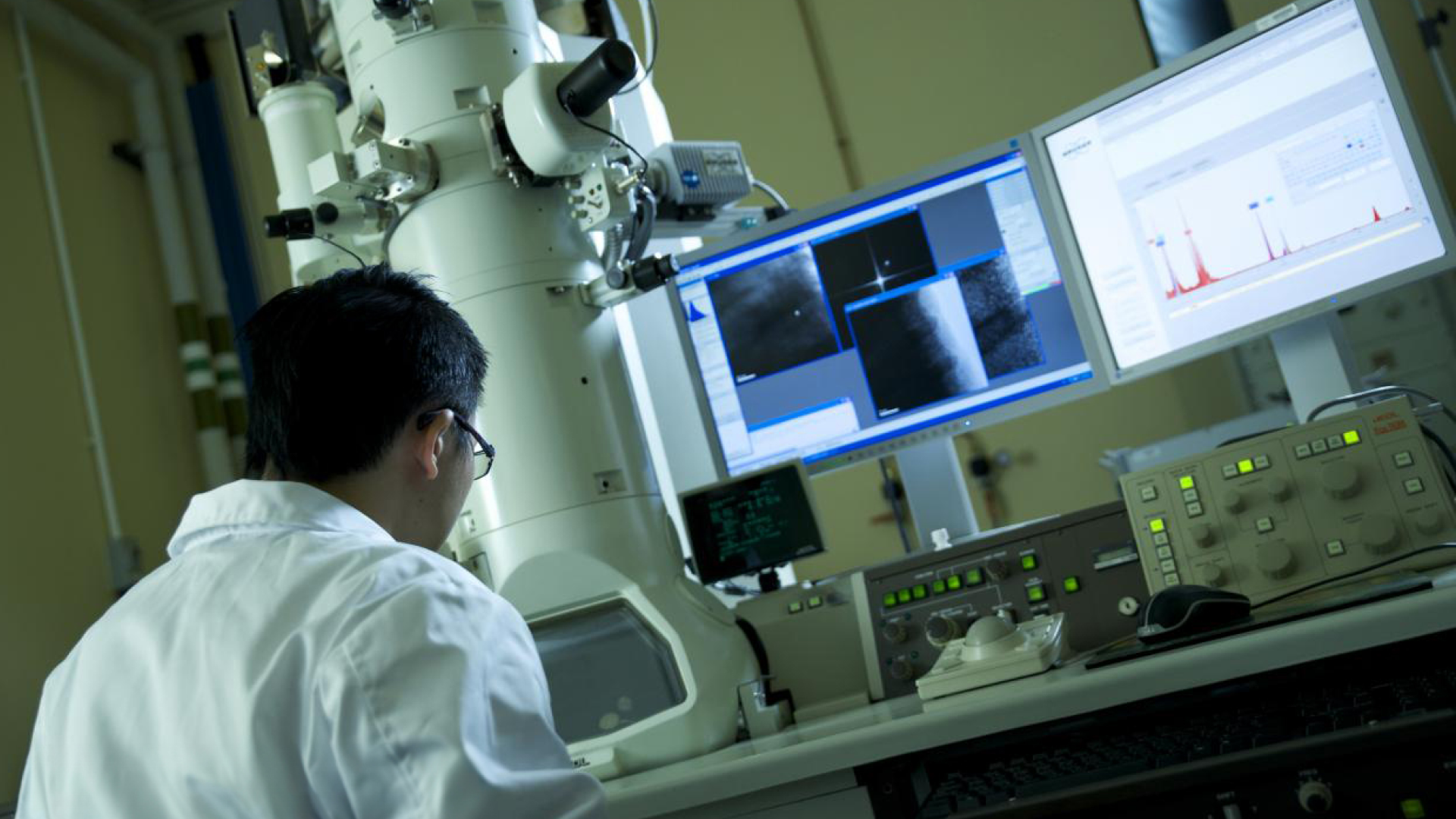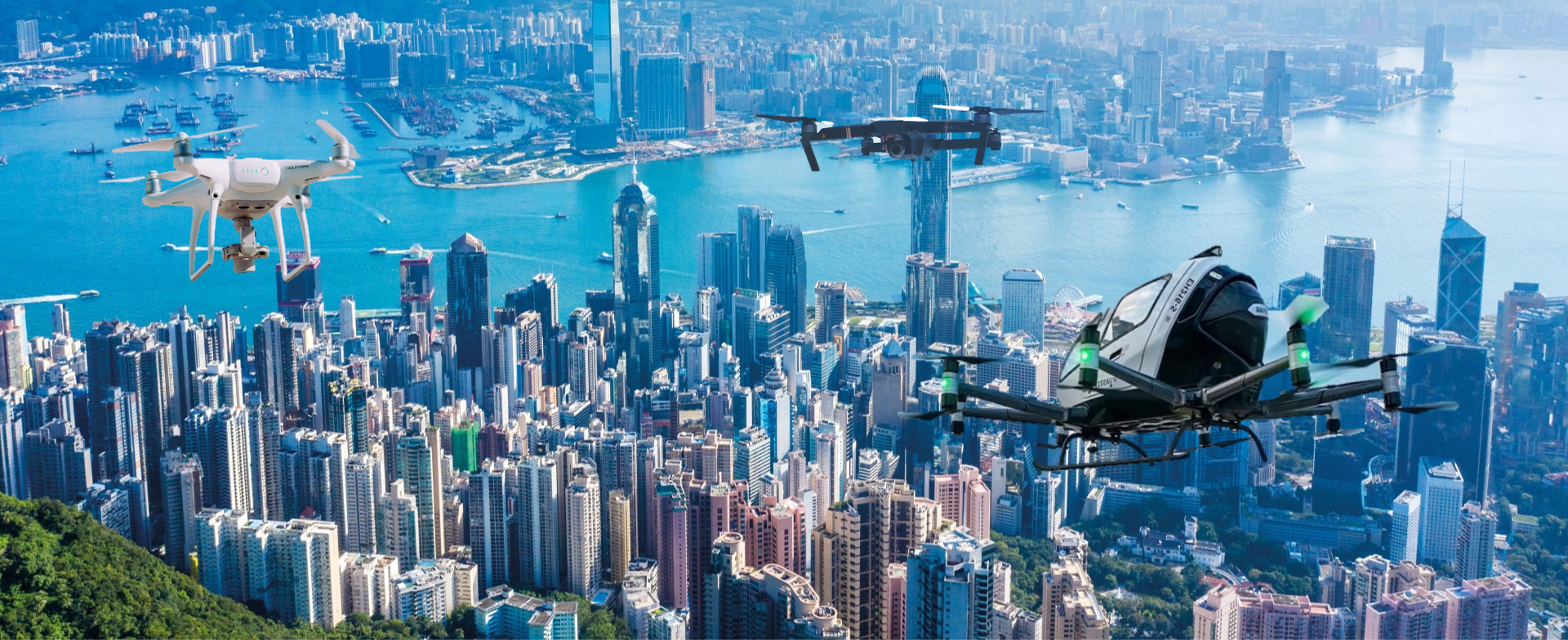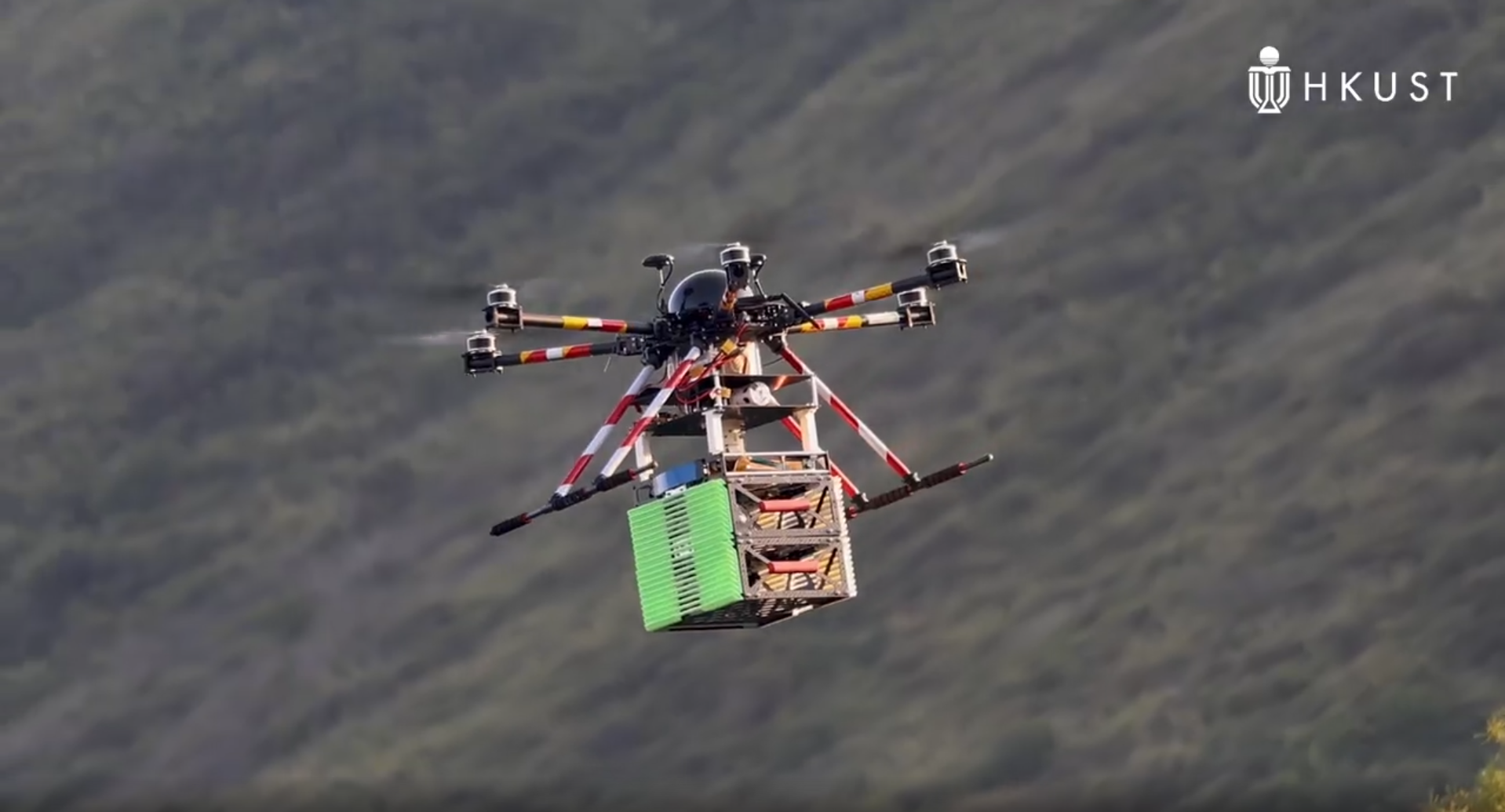Imagine a hiker collapsing from heatstroke on a remote trail in Sai Kung. In the past, help could take an agonizing hour, but now, thanks to a groundbreaking drone delivery system being pioneered in Hong Kong, life-saving medical supplies can arrive in just minutes. This isn’t just a vision of the future; it’s a reality unfolding before our eyes.
Cities worldwide are embracing drones, unmanned aerial vehicles (UAVs), and advanced air mobility (AAM) systems to enhance urban mobility, logistics, emergency response, and even entertainment, such as stunning drone shows. In Mainland China, the low-altitude economy (LAE) is projected to reach a staggering 2 trillion yuan by 2030, signalling a transformative shift in everyday life.
Here in Hong Kong, the budding and buzzing LAE industry is beginning to take flight, too. The Low Altitude Economy Research Center (LAERC), a recent initiative from the Hong Kong University of Science and Technology (HKUST), is determined to elevate this sector to new heights.
Leading the charge is Professor LI Mo, Director of the LAERC and Professor in the Department of Computer Science and Engineering. He and his team are pioneering an ambitious project named AeroRelief, which aims to provide fully automated, all-in-one emergency delivery services via UAVs. This groundbreaking AI system intelligently analyzes emergency calls, self-loads critical medical supplies (like AEDs and EpiPens) and delivers them directly to those in urgent need. Built on advanced technology, including a large-language-model agent, the system can determine the necessary rescue packages, map out the best delivery routes, and track flights in real-time.
This development is especially promising for hikers and residents in remote areas who may encounter life-threatening situations where every second counts. Emergencies like heat strokes, heart attacks, and severe allergic reactions escalate quickly, and the first 15 minutes can mean a matter of life or death.
“It takes 50 minutes to drive from HKUST to the High Island Reservoir in Sai Kung, but only 10 minutes by drone. Having a drone emergency service in place could be a huge game-changer for saving lives,” says Prof. Li.

While the prospect of LAE is exciting, navigating the regulatory landscape has its own challenges—it’s no easy feat to organize a seamless sky-high traffic system without pilots on board. Some critical issues such as safety, airspace management, and public concerns about noise and privacy, must be carefully addressed. Hong Kong’s urban environment, characterized by its towering, densely packed buildings, adds another layer of complexity.
To address these hurdles, HKUST has proposed building a 10-square-kilometer sandbox zone on its Clear Water Bay campus. This proposal was successfully accepted by the government as part of the first batch of LAE Regulatory Sandbox pilot projects, celebrated in a landmark launch event at HKUST. The sandbox will allow for the simulation of various scenarios, multiple air routes, and comprehensive low-altitude airspace management. The data and experience gathered will be invaluable in shaping future regulations, infrastructure, and applications.

“We need to strike a balance between innovation and safety to make sure that our technology can be deployed effectively, including establishing reliable ground-air communication and alternative routes in case of GPS failures,” explains Prof. Li.
Prof. Li hopes for a relaxation of current drone restrictions on weight, flight altitude, and visual contact requirements. This would allow researchers greater flexibility to conduct more extensive tests. The team is currently in discussions with the Hong Kong Police Force and Fire Services Department to facilitate trials.

HKUST’s other notable LAE initiatives include the design, noise control, and flight safety of low-altitude aircraft, one of the first batch sandbox projects, led by Prof. ZHANG Xin from the Department of Mechanical and Aerospace Engineering and Aerodynamics and Acoustics Facility; a cutting-edge system for air-sea coordination of autonomous vehicles led by Prof. Zhang Fumin from the Department of Mechanical and Aerospace Engineering, a Digital Twin-based drone management platform led by Prof. Jack CHENG from the Department of Civil and Environmental Engineering, and developing strategies for an advanced air mobility network by Prof. YANG Hai from the Civil and Environmental Engineering, funded under the Strategic Public Policy Research Funding Scheme.


The LAERC is committed to revolutionizing the industry through public-private-academic collaborations. Since its launch, there has been significant interest from various organizations in partnering with it. “We are actively engaging with industry partners who see the potential in our research and are eager to work together to bring these technologies to market. These collaborations are essential for translating research into applications that can make a real impact,” says Prof. Li.
The LAERC has well-rounded plans to revolutionize the industry through several key pillars of technology. Not only will it focus on advancements in aerial control and engineering planning, prioritizing safety and perception to fully leverage drone services, but also delve into airspace and route planning, utilizing micro-weather data to optimize operations.
Establishing robust digital infrastructure and practical applications will be crucial. Several projects are underway to advance technologies in sensing, communication, data management, AI and networking. These innovations will help gather essential data, support sustainable business development, and advocate for policy enhancements and regulatory reforms to elevate the LAE industry.
As the sky becomes a whole new world of possibilities, Hong Kong is poised to be a part of this LAE revolution. “With the right mix of technology, regulation, and vision, we can transform Hong Kong into a leading hub for aerial innovation. The sky is no longer the limit, and we are just getting started,” Prof. Li concludes with a glimmer of hope for the future.











